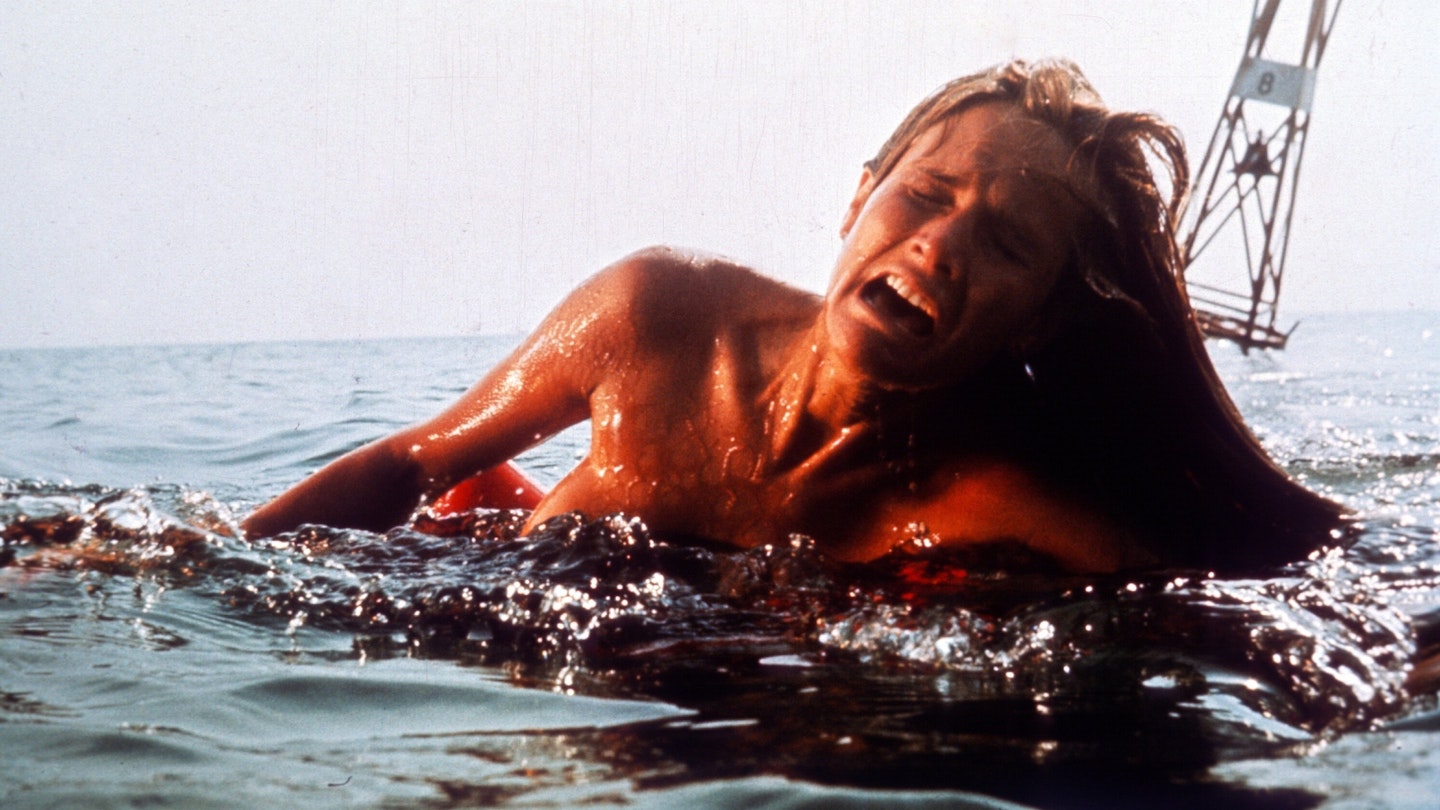How well do you really know Jaws? Everyone has seen it, but if you were busy screaming at the bit with the chum you might have missed any number of interesting little moments. Here are the key shots to look out for next time you dare go back in the water.

04.45 Susan Backlinie, who plays Chrissie Watkins, was a stuntwoman who specialised in swimming and water work. Here, she’s being pulled from side to side by the crew on shore, using ropes. She later became a wild animal trainer.
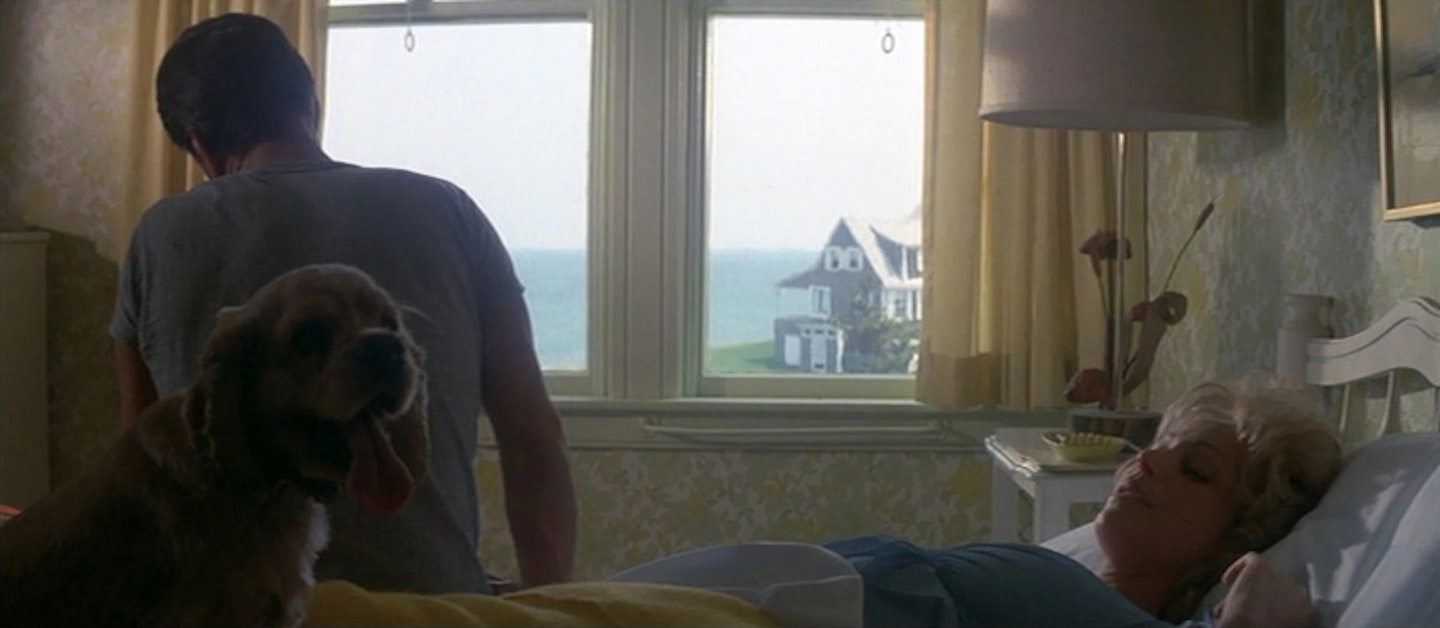
05.26 This shot was inspired by the painting Day Dream by Andrew Wyeth.

05.55 Here you can see the handheld camera-work in these fluid and slightly shaky shots: the film was filmed almost entirely by hand.
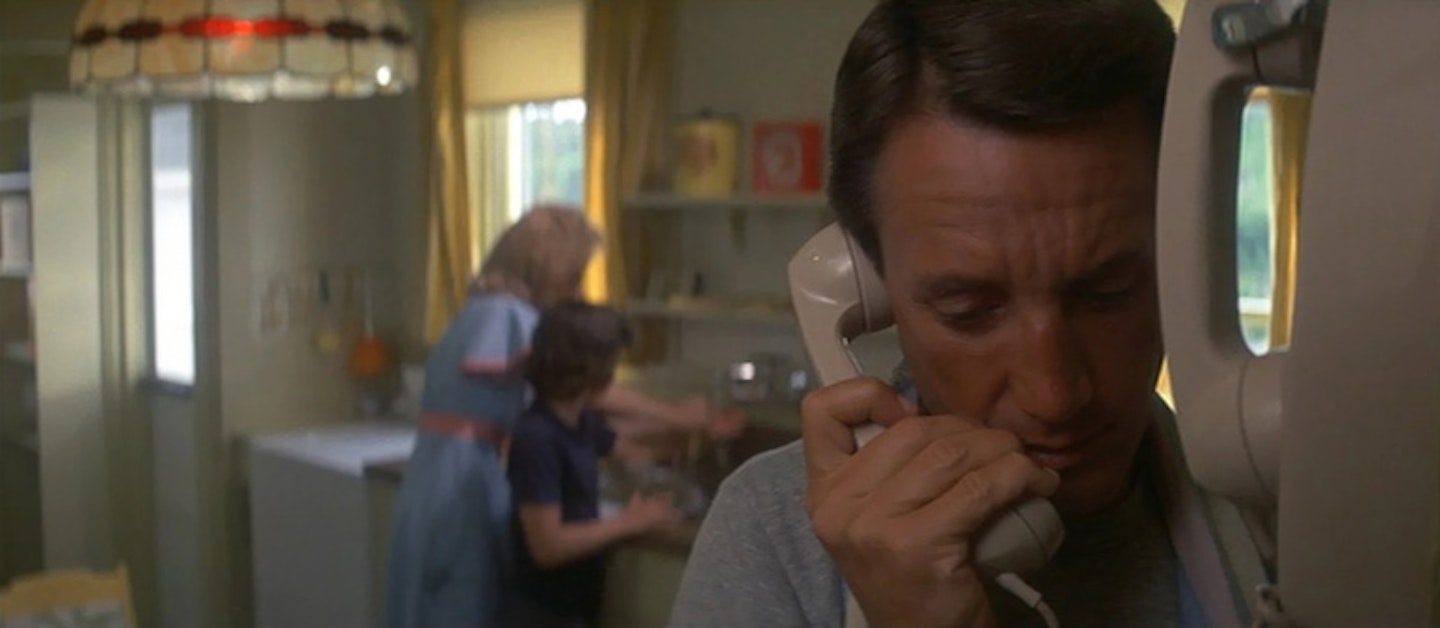
06.20 There is almost no red in Jaws, apart from blood, but you can see two small touches here in the Brody kitchen.
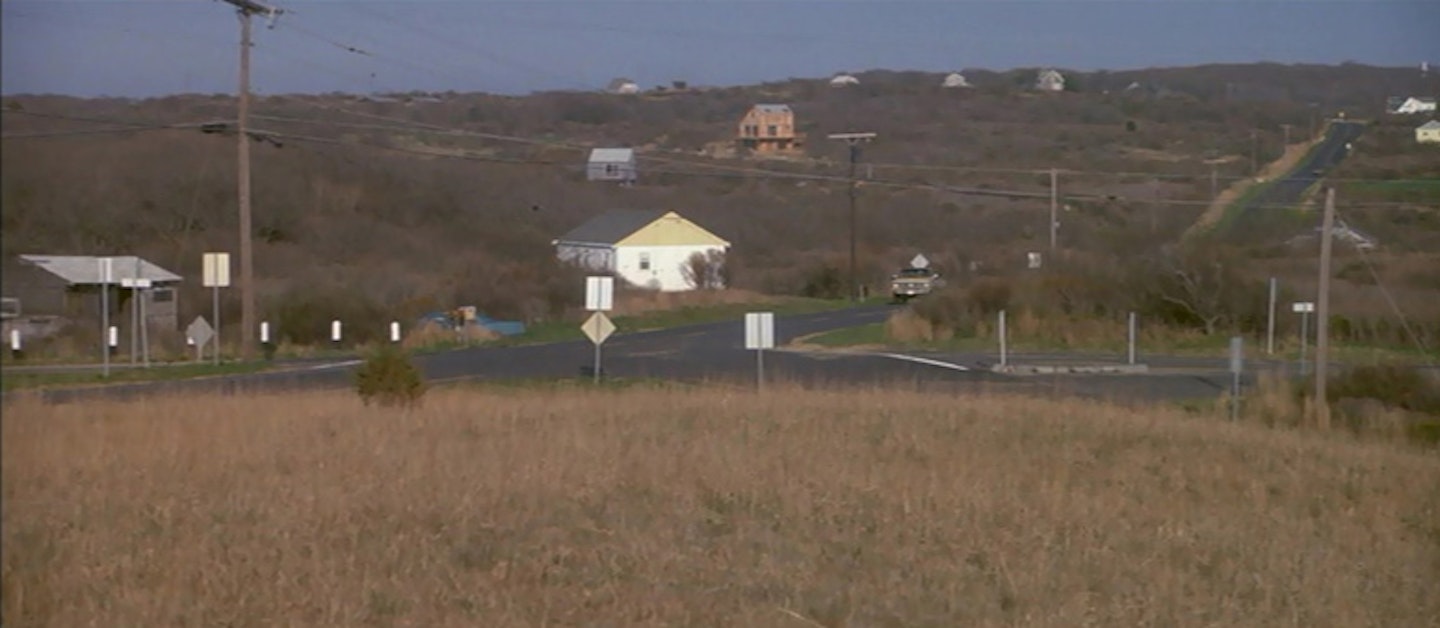
07.19 This shot was inspired by Road And Houses South Truro by Edward Hopper, another quintessentially American painter who Steven Spielberg used as a touchstone.

07.33 This sign recurs later in the film. The model for the girl on the lilo was Brian De Palma’s then-girlfriend.
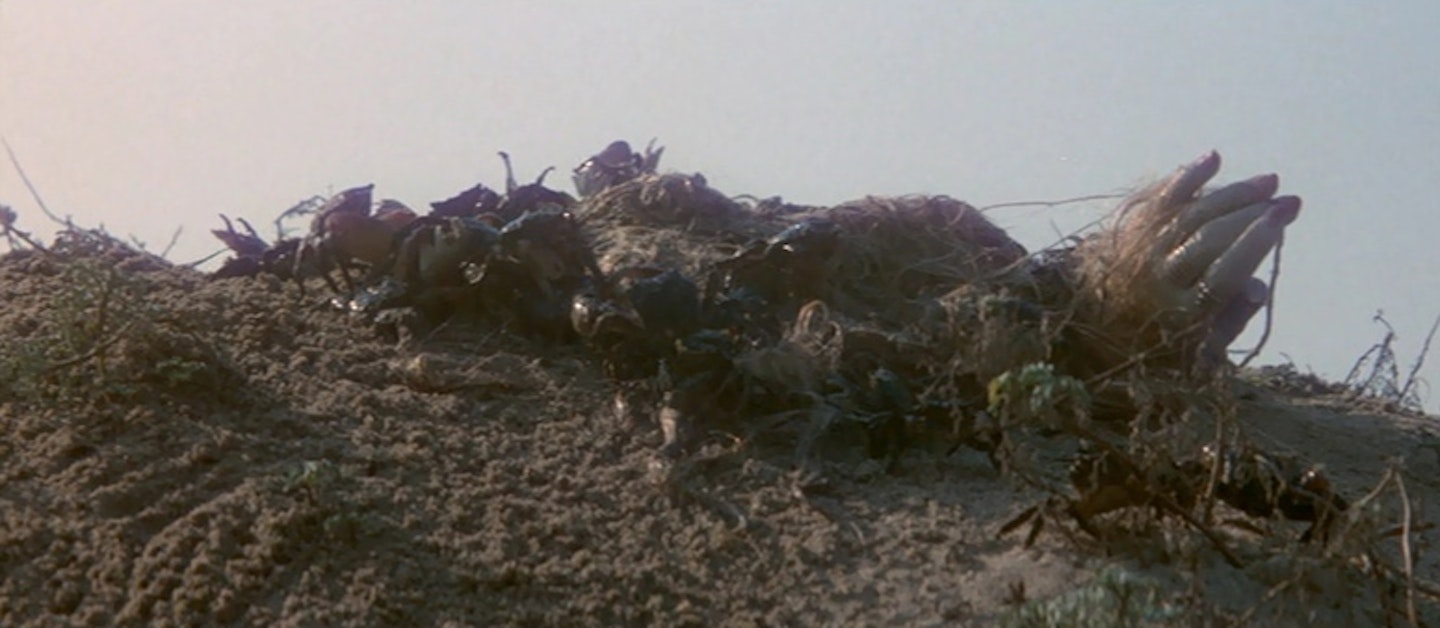
08.35 This is actually a living hand, with sand heaped about to hide the rest of a crew member’s body, because Steven Spielberg wasn’t happy with the prosthetic available.
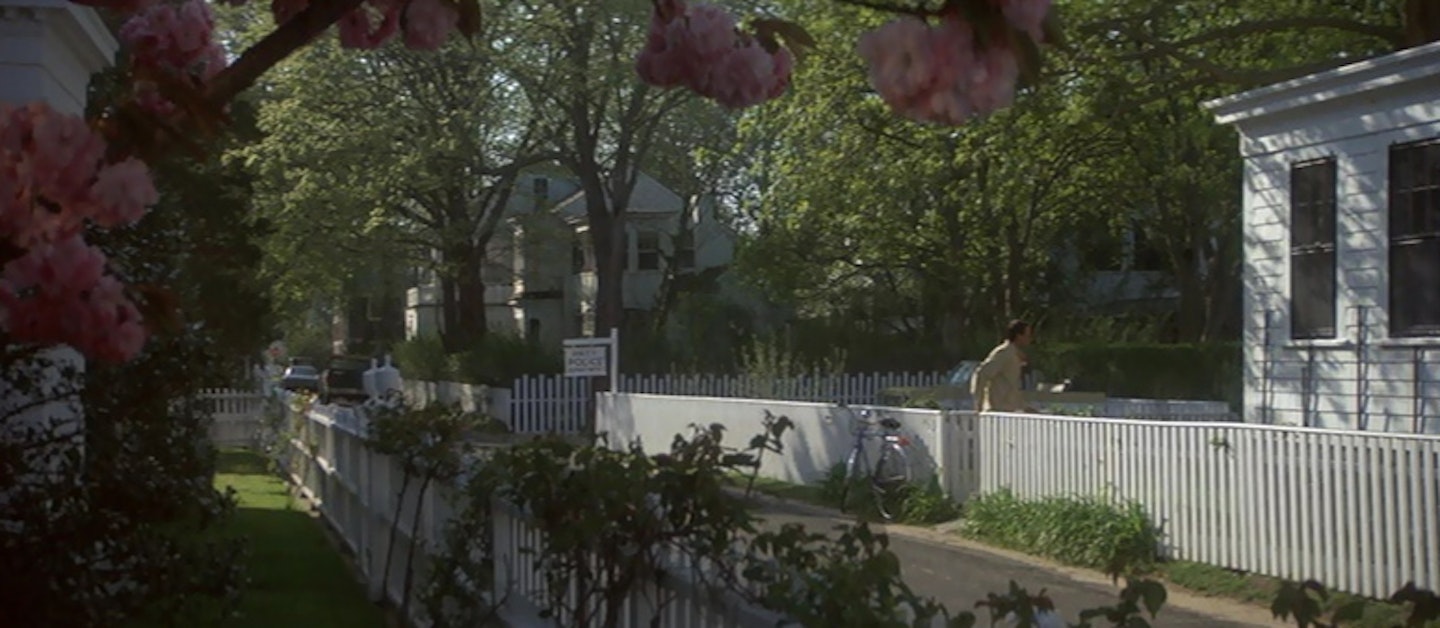
10.00 We’ve just seen, on Brody’s calendar, that this is set in July (just before the Fourth of July weekend, of course), but there is cherry blossom on the local trees because the scene was shot earlier in the year.
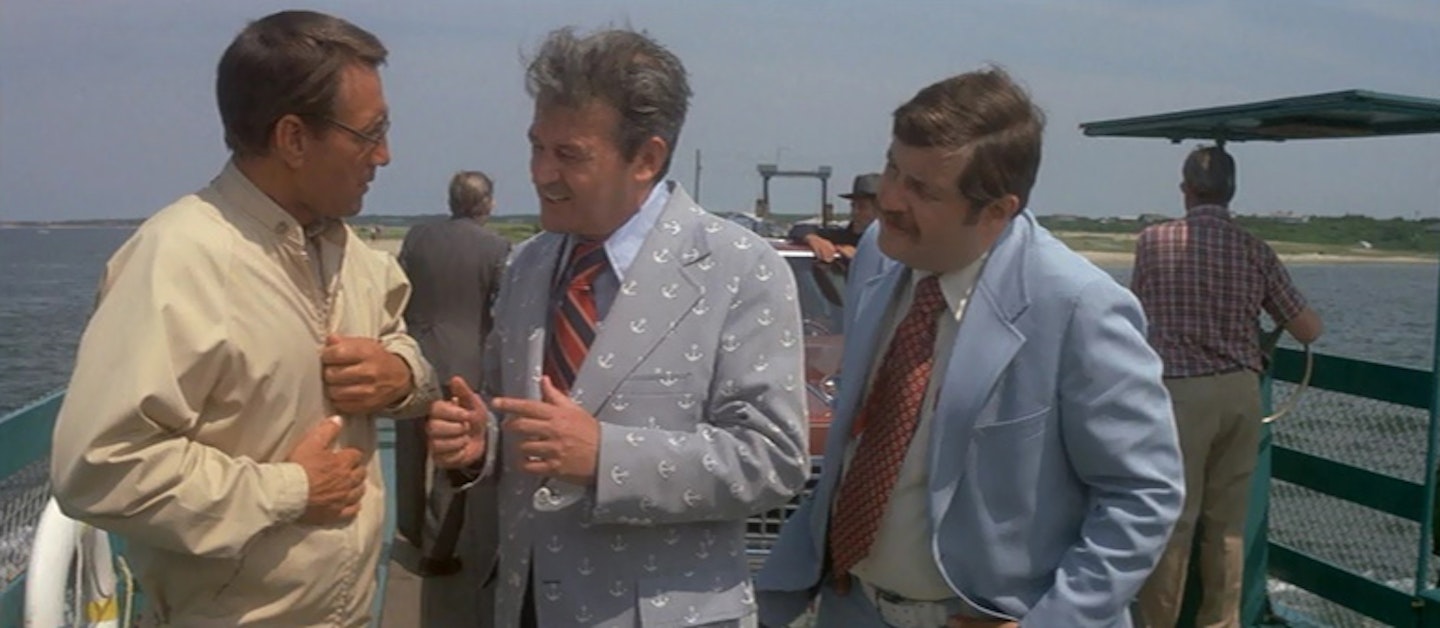
13.08 The reporter here with the Mayor is Meadows, played by Carl Gottlieb, the film’s screenwriter. He cut down his own screen time to keep the story moving propulsively.
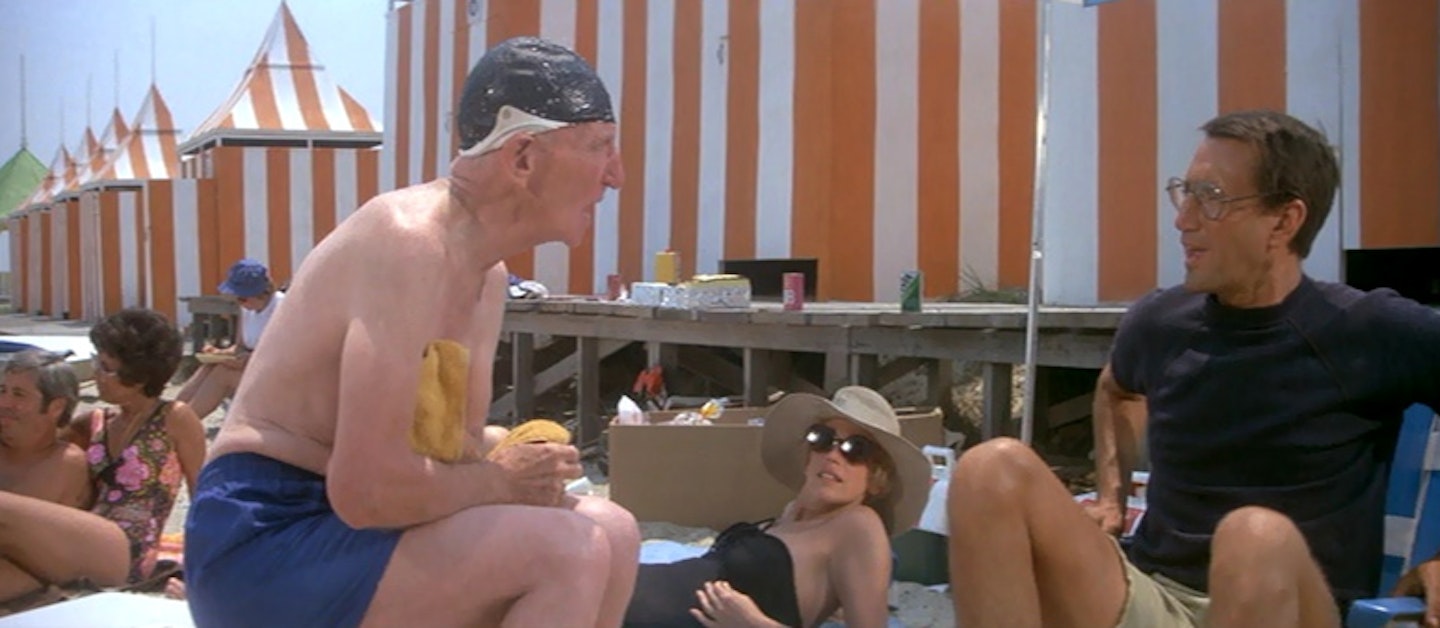
16.11 The line “That’s some bad hat, Harry” inspired the name of Bryan Singer’s production company.
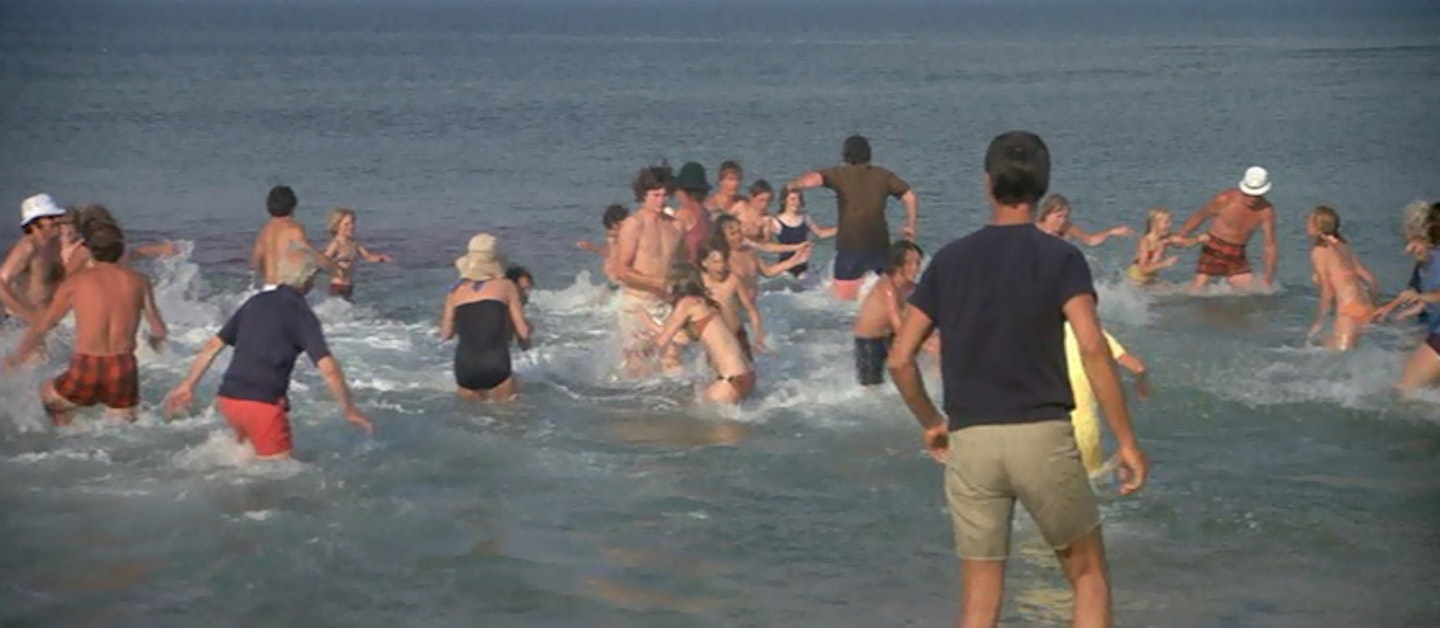
16.56 John Williams' Jaws theme is never used as a red herring in the film, but only appears when the shark does, so it’s missing from this scene.
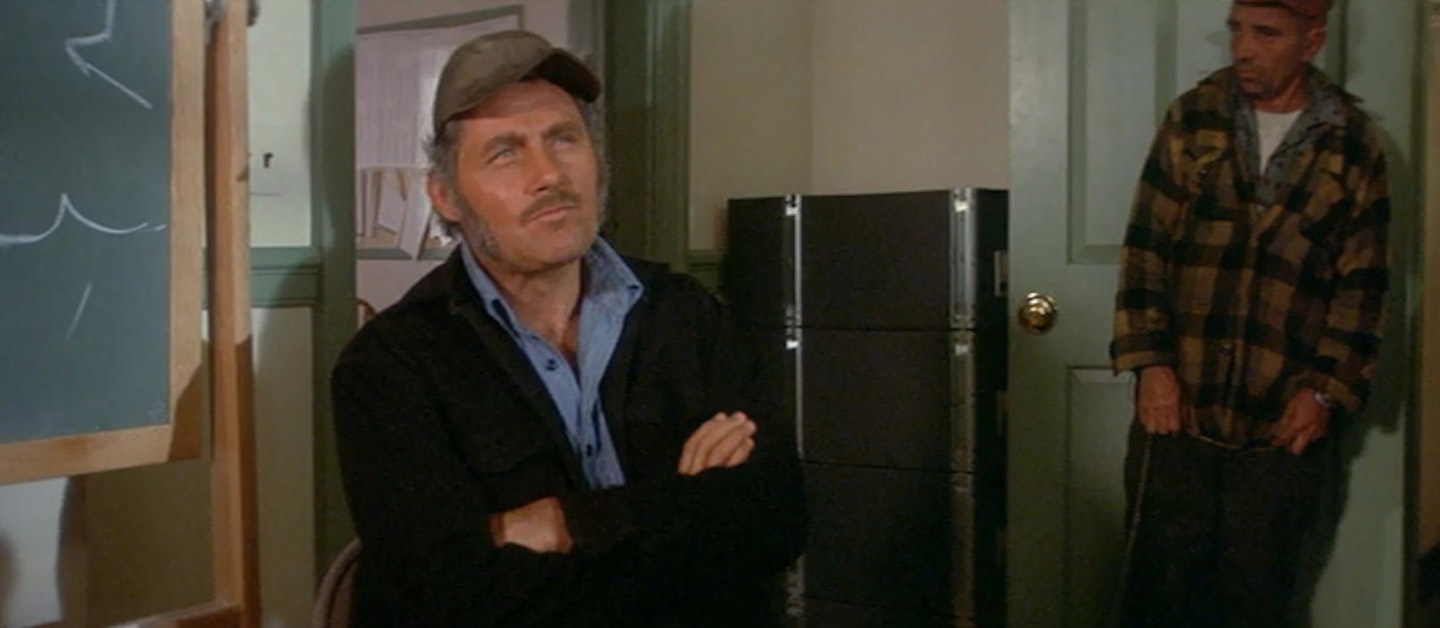
21.37 Lee Marvin was offered the role of Quint, but turned it down because “he wanted to go fishing for real”. The second choice was Sterling Hayden, who Spielberg thought had an “Ahab quality” about him, but he was also unable to do it. The producers suggested Robert Shaw, as they had just worked with him in The Sting, and it worked out.
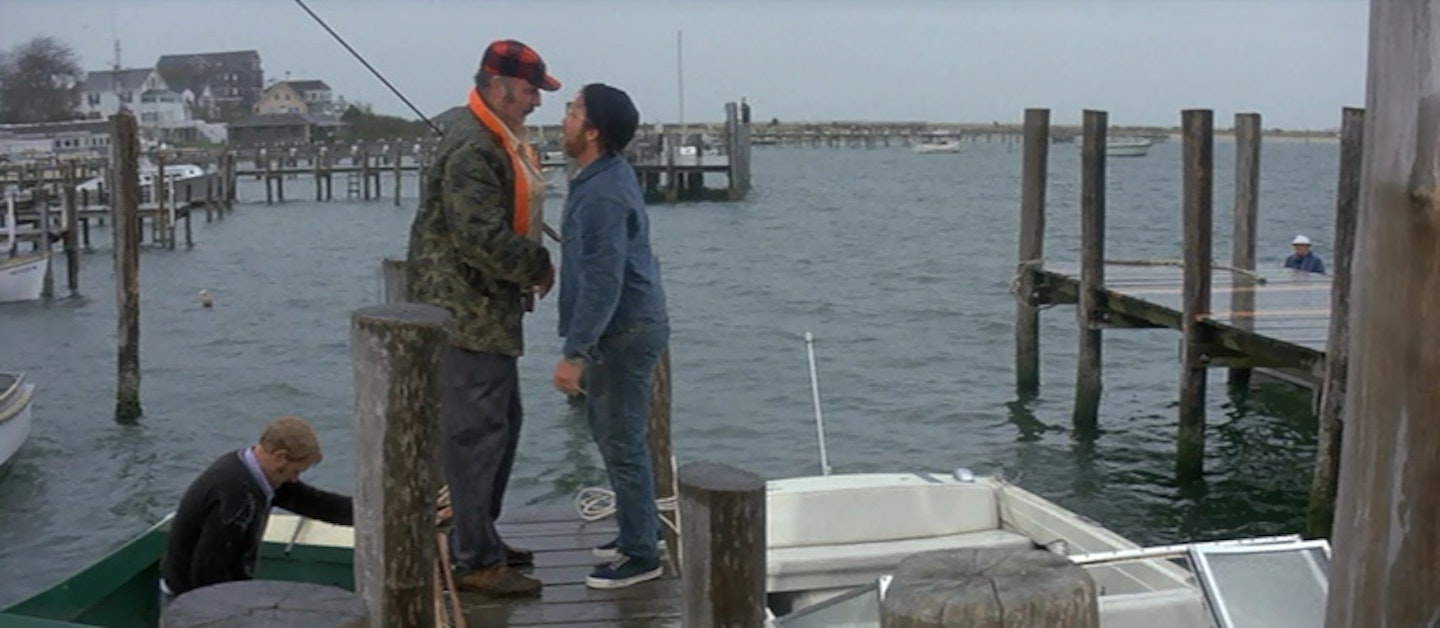
28.l4 / 30.27 Craig Kingsbury, who plays Ben Gardner, was a local character recruited by the production. He had to have a cast made of his head, because it’s his severed noggin that shocks Hooper later underwater.
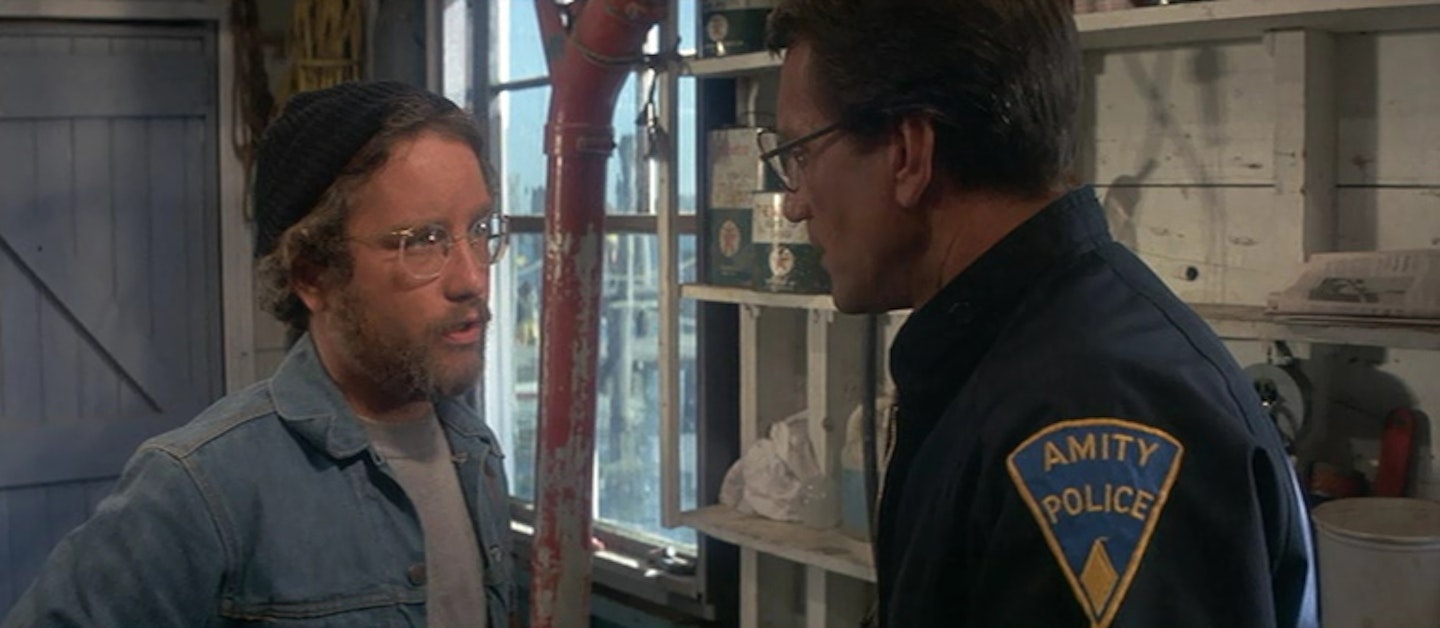
30.00 Jon Voight was the first choice for Hooper, and Spielberg also considered Jeff Bridges. In fact, Spielberg claims that he tried to cast most of the actors in The Last Picture Show. He eventually cast Richard Dreyfuss because he loved American Graffiti too.
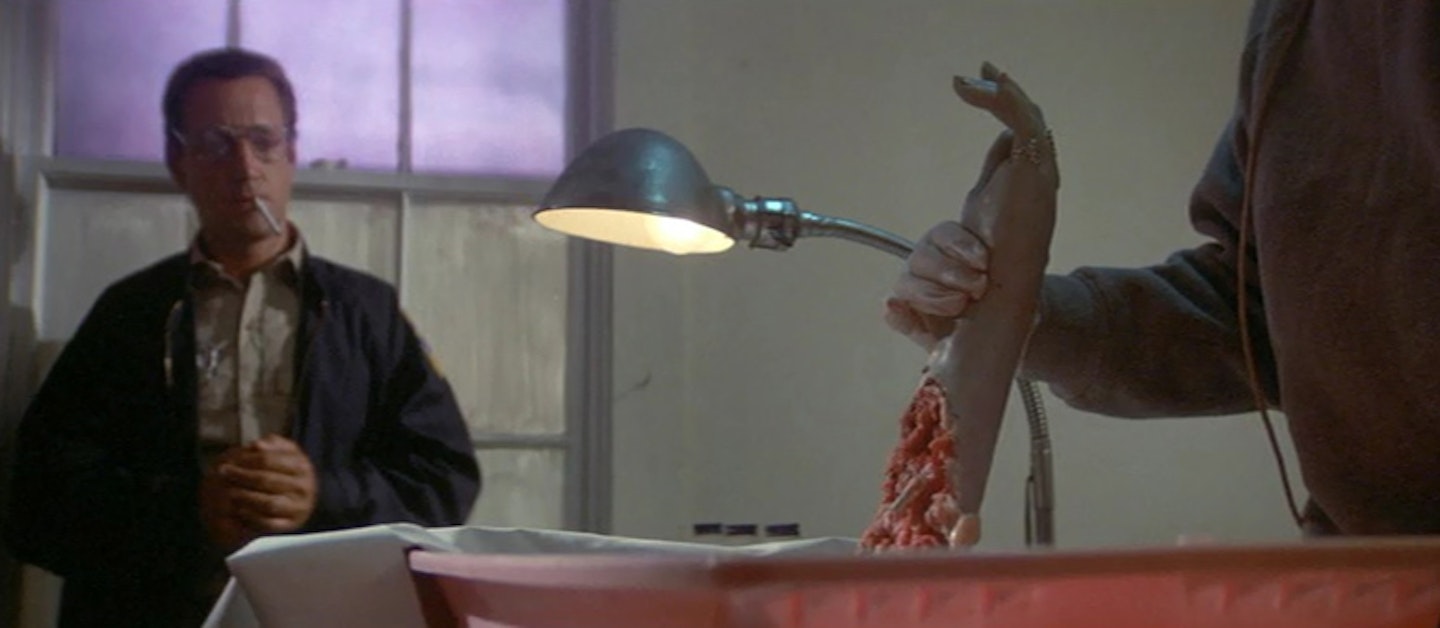
32.10 The line “So this is what happens” during the autopsy was cut together from other dialogue after Spielberg decided to slightly change this scene – but no one’s quite sure what Hooper means by it.

42.10 Lorraine Gary, who plays Ellen Brody, was and is married to then-studio head Sid Sheinberg, which may have bought the famously troubled production at least a little leeway. In the novel, she has an affair with Hooper and Gary was a little upset that that was cut out and her role thereby reduced.
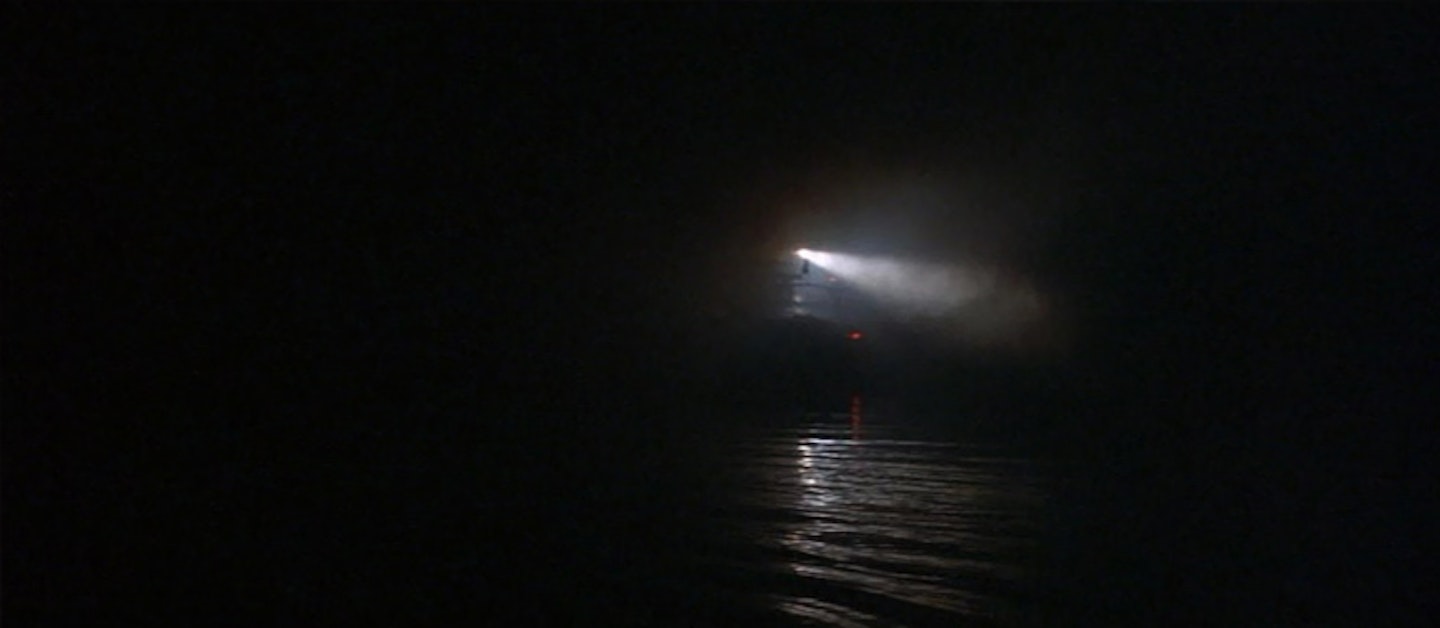
45.23 This scene features the only use in the film of the sort of “God light” that is usually a Spielberg trademark.
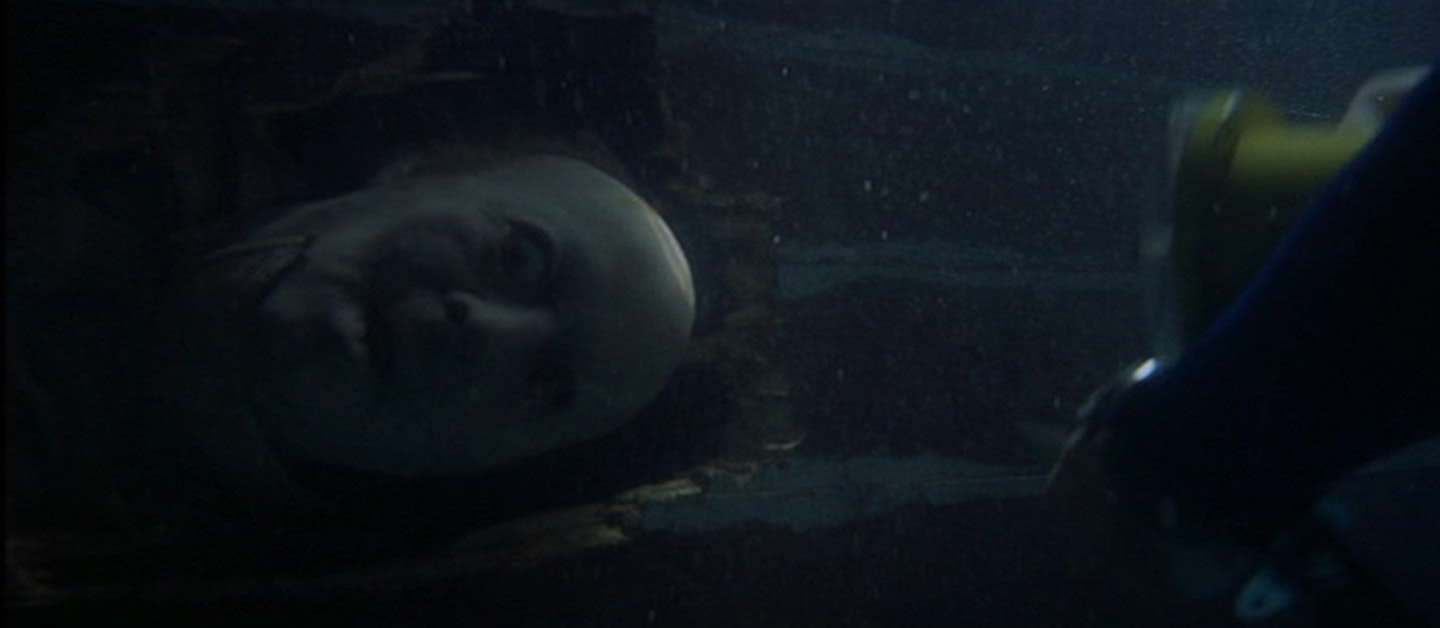
49.56 This was the last addition to the film, at Spielberg's own expense. The shot with Gardner’s head appearing from the boat was filmed in editor Verna Fields’ swimming pool, when Spielberg decided very late on that he didn’t have the scare he needed. He shot multiple takes and used the one that shocked the sound people.
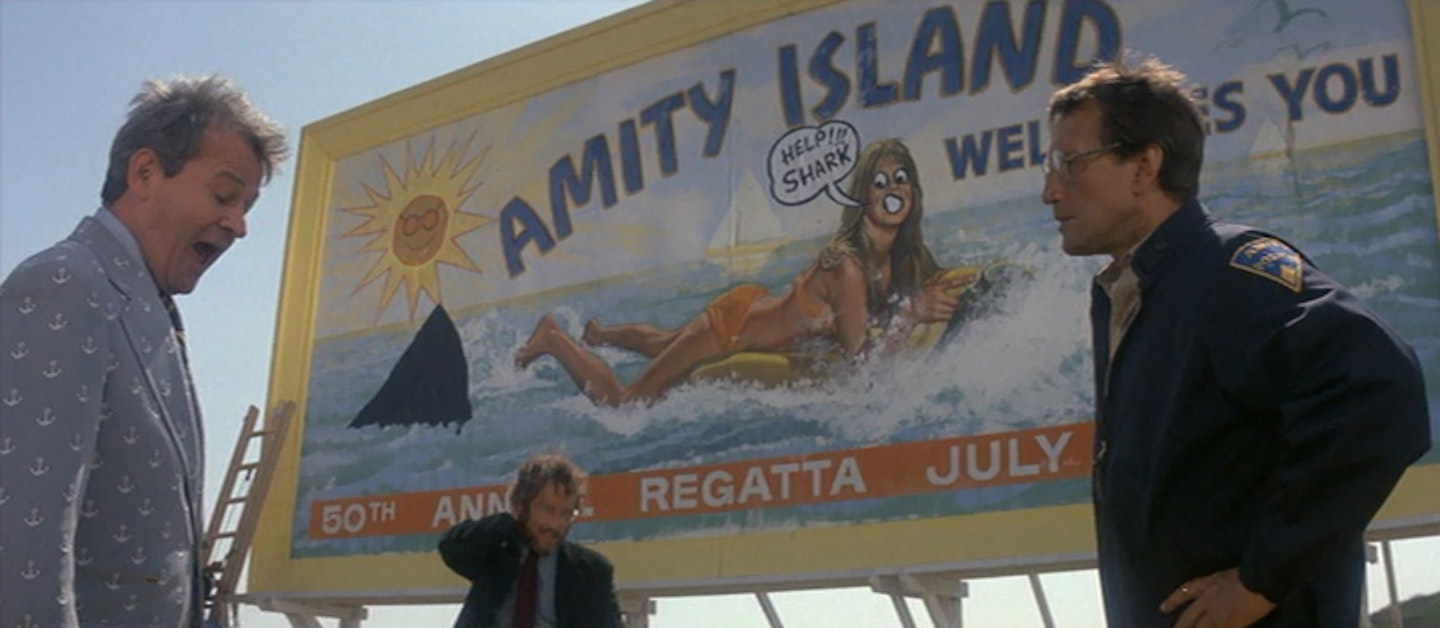
52.04 Note that this sign shows a blonde, a lilo and a boat, summing up the victims to date: Chrissie, a blonde; Alex Kintner, who was on a lilo, and Ben Gardner, who was on a boat.
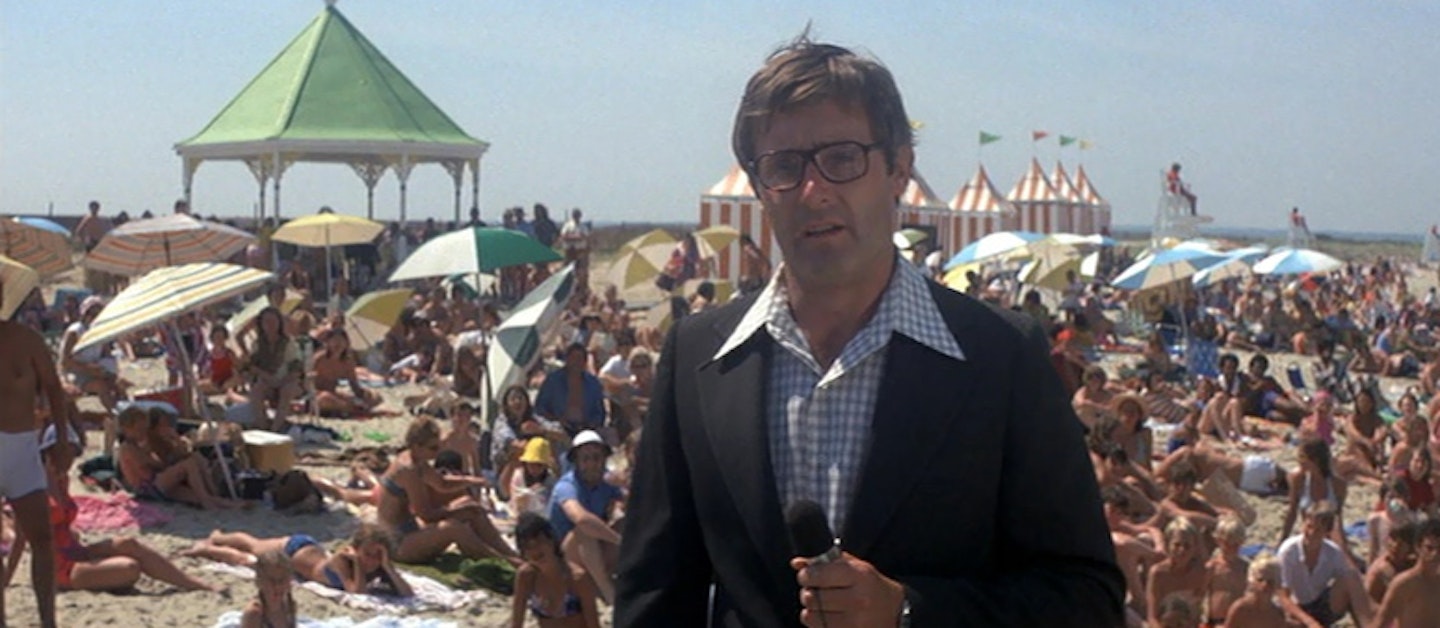
55.28 The Interviewer here is Peter Benchley, author of the original novel, Jaws. He really had worked as a TV interviewer for years so he’s comfortably in character here. Outtakes show his character name is Alan Kray.
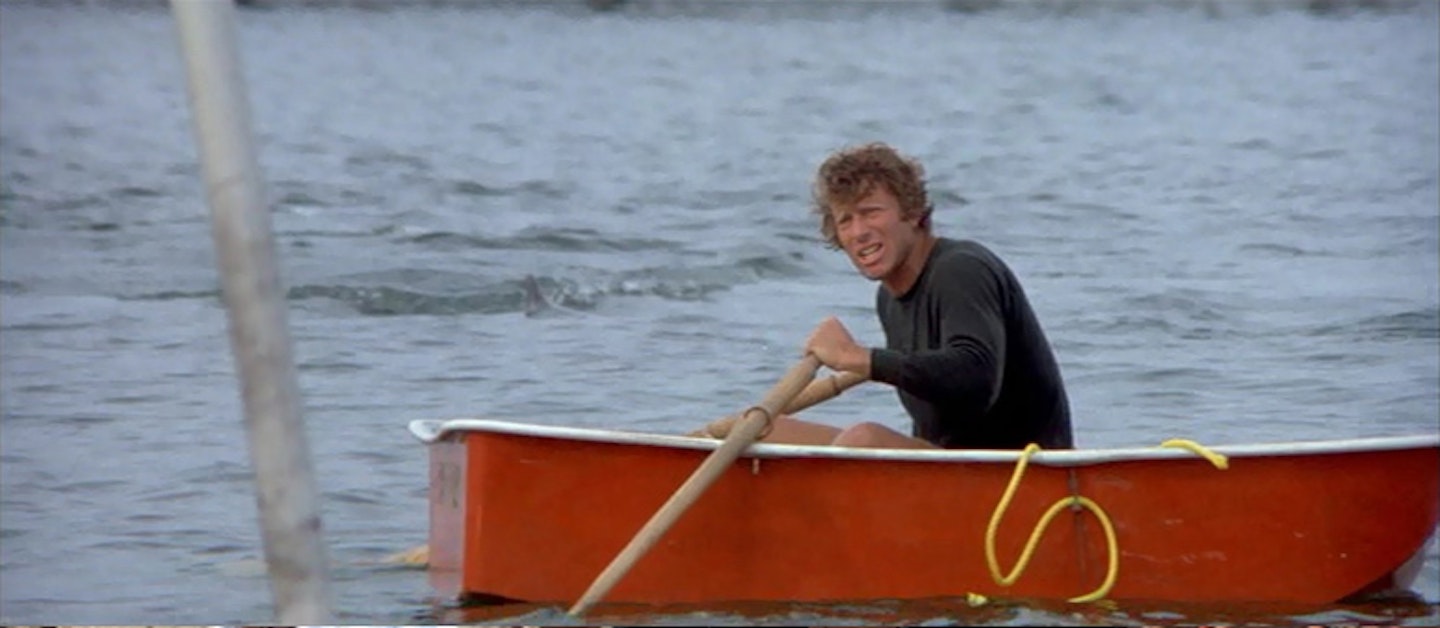
1.02.33 Ted Grossman, who played the Estuary Victim, was a stuntman by trade. There was originally a much longer moment here where he grabbed Michael Brody and then the shark grabbed him, but it was too shockingly violent and Spielberg cut the moment out fairly early on.
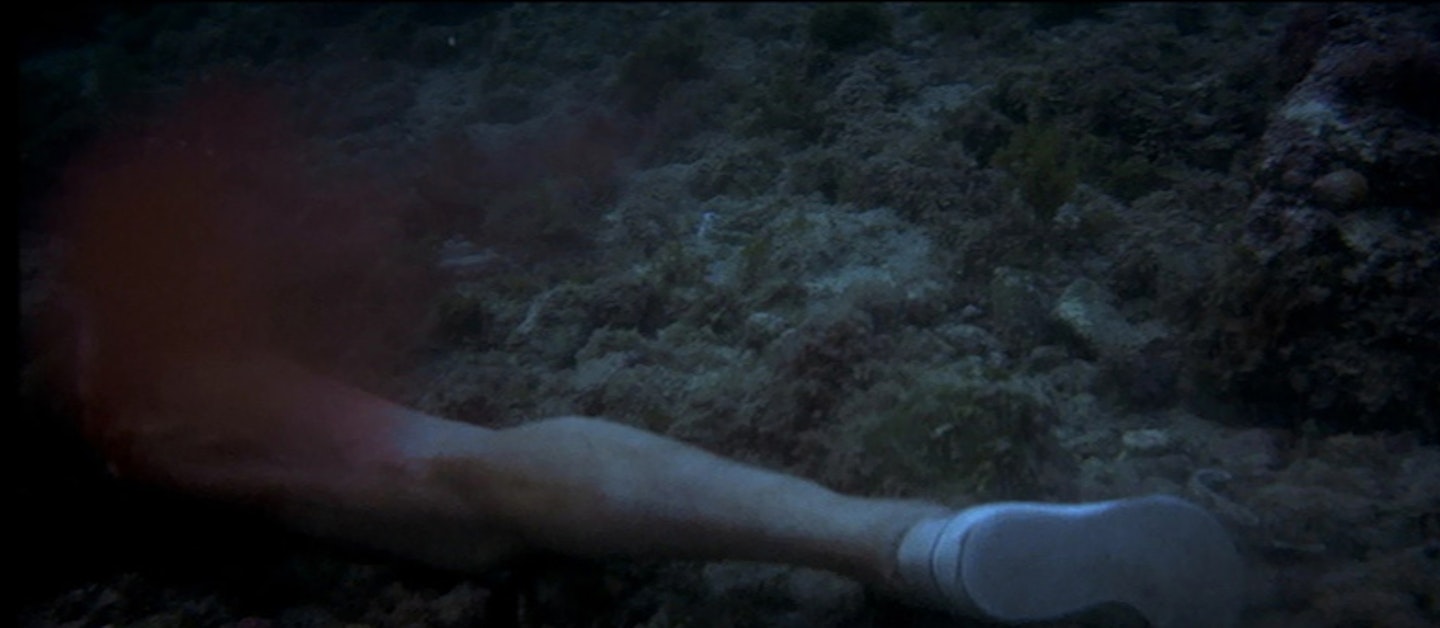
1.02.45 Continuity issue: the victim is barefoot when he’s pulled under, but the severed leg is wearing a shoe. A few frames were cut here to reduce the impact of the blood-trailing severed leg and secure a PG instead of an R-rating.
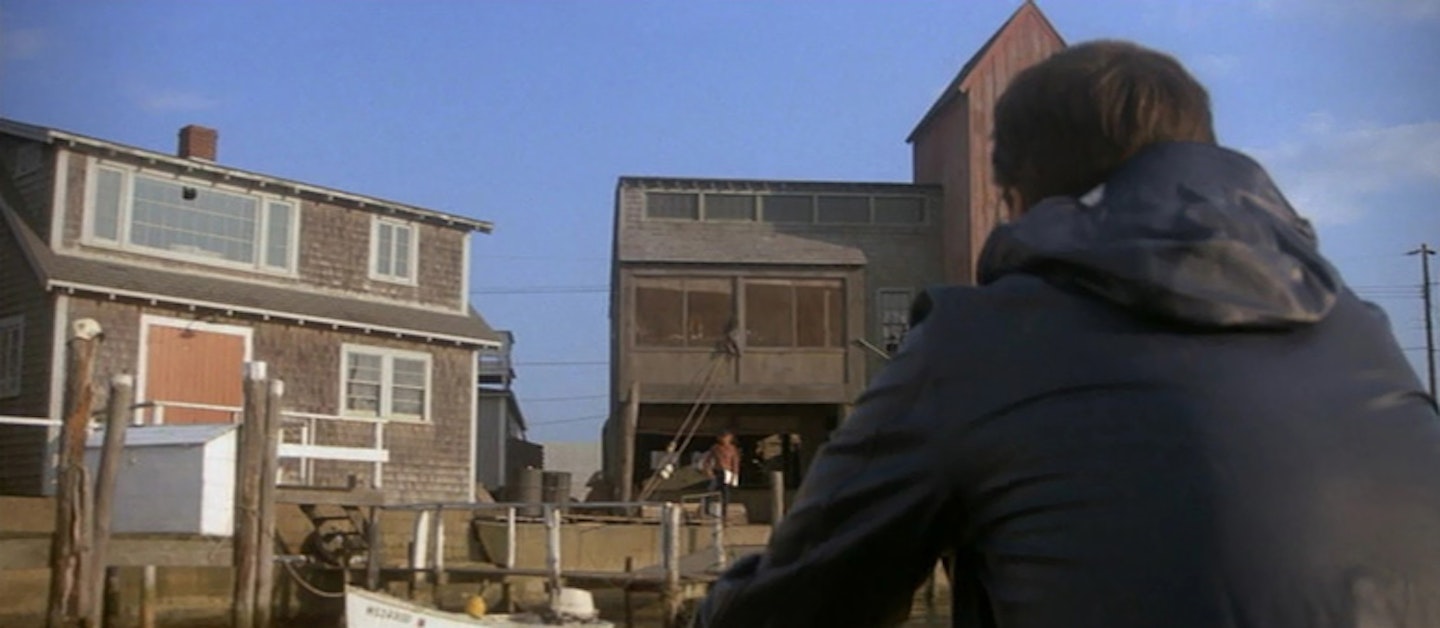
1.06.28 Quint’s shack was the only building that the production erected in Martha’s Vineyard, where the film was shot. It had to be completely demolished and the site restored after production finished.

**1.11.47 **The rhyme here that Shaw recites about Mary Lee is something he improvised, based on text from a gravestone he once saw in Ireland.
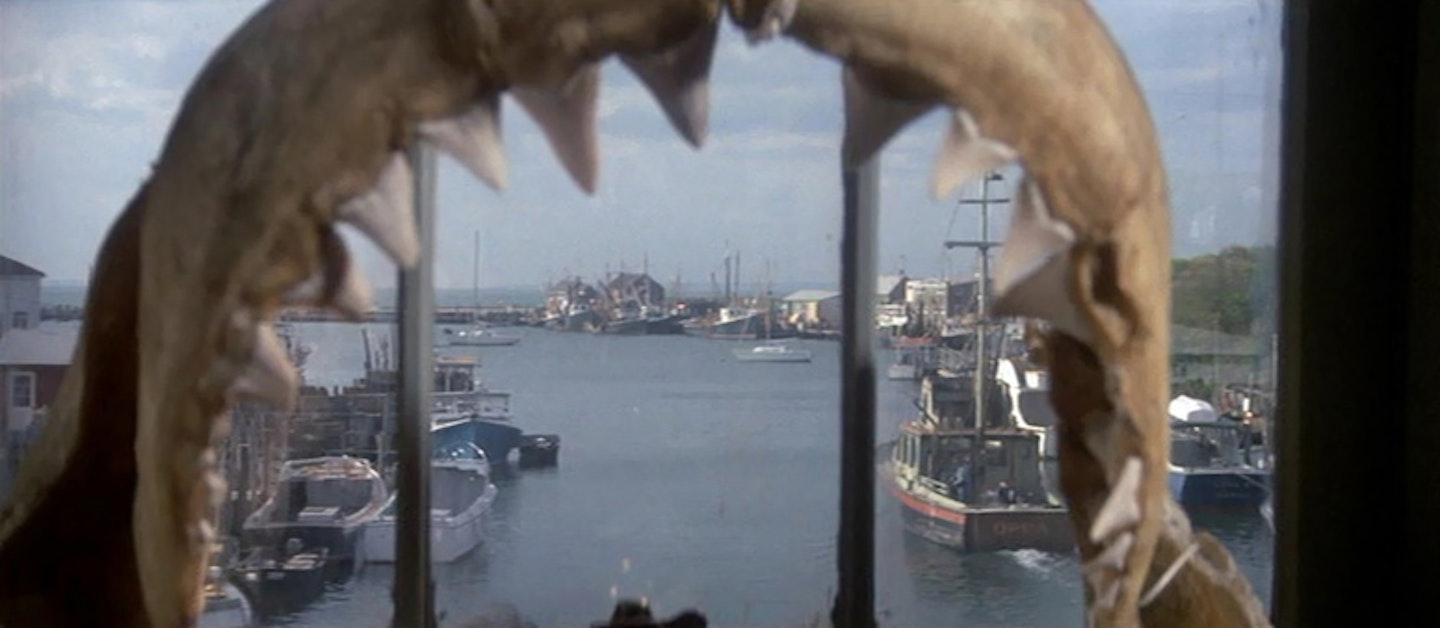
1.12.11 This shot, through the shark’s jaws, is a Spielberg flourish, a frame within a frame.
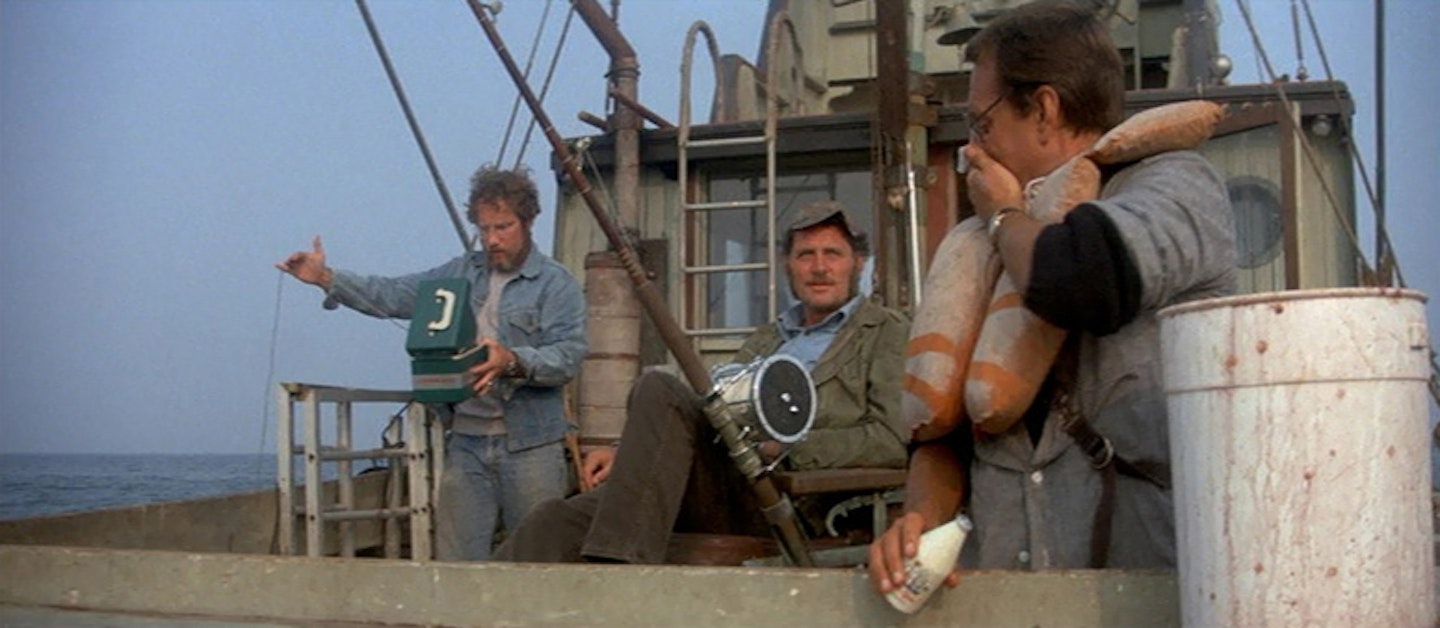
1.12.54 Note that Chief Brody is a fan of Old Spice, which he uses to endure the smell of the chum. He’s the man your man could smell like.
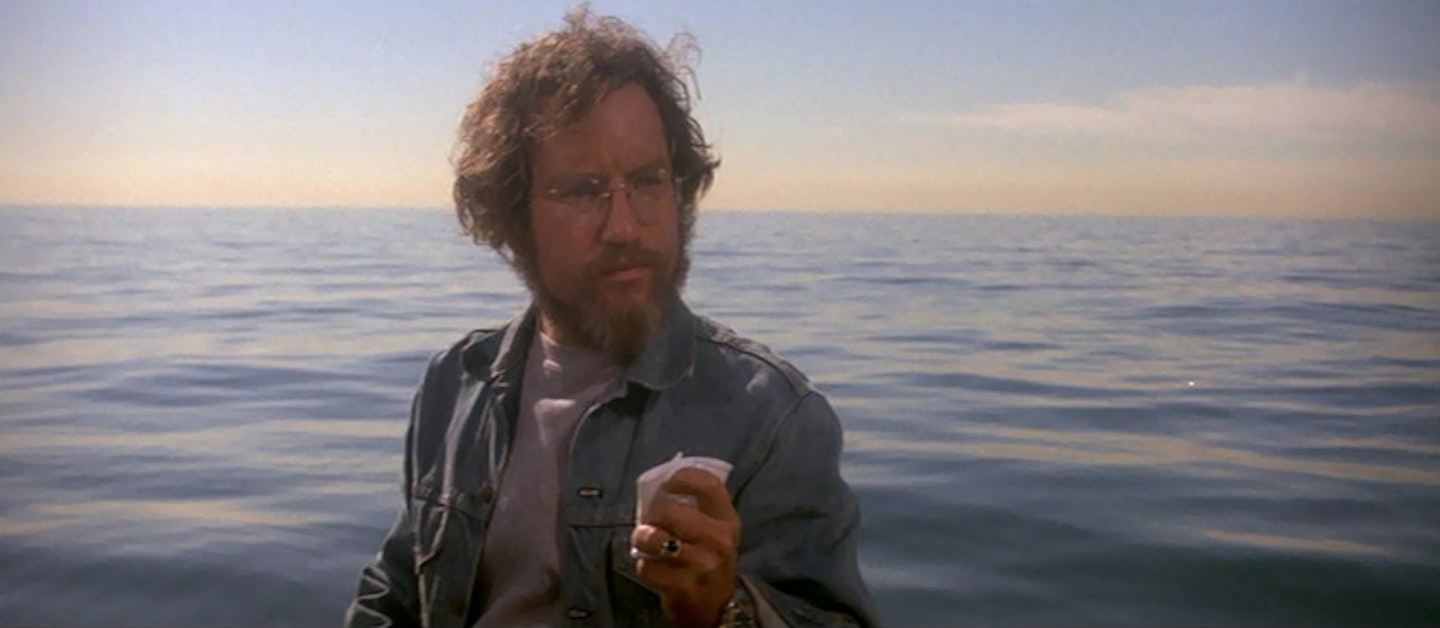
1.13.36 Hooper crushes the paper cup is a nice contrast to the manliness of Quint’s crushed beer can; those were made of tin in those days rather than the lighter modern aluminium, showing that Quint really is quite strong. Soon after, Hooper warns Brody of the explosive tendencies of compressed air tanks. Hey, wonder if that will come in handy later?

1.21.09 This wonderful jump scare originally got a laugh from test audiences (at “come throw some of this shit”) followed immediately by a scream when the shark appeared. But by adding in a big scare earlier with Ben Gardner’s head, the scream here lost some volume because the audience was more prepared. By this point you're conditioned to expect the shark with the music and therefore it's a shock when you don't get the music first.
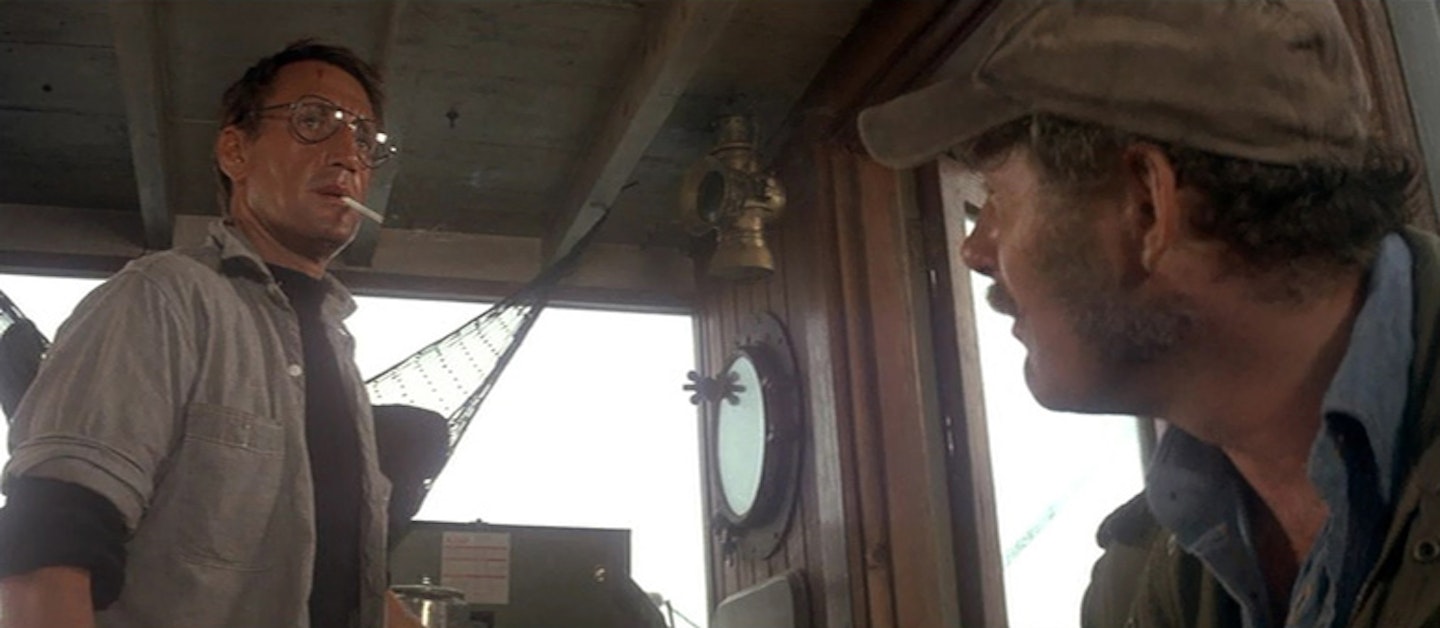
1.21.27 The immortal line “You’re gonna need a bigger boat” was improvised by Roy Scheider, according to screenwriter Carl Gottlieb.
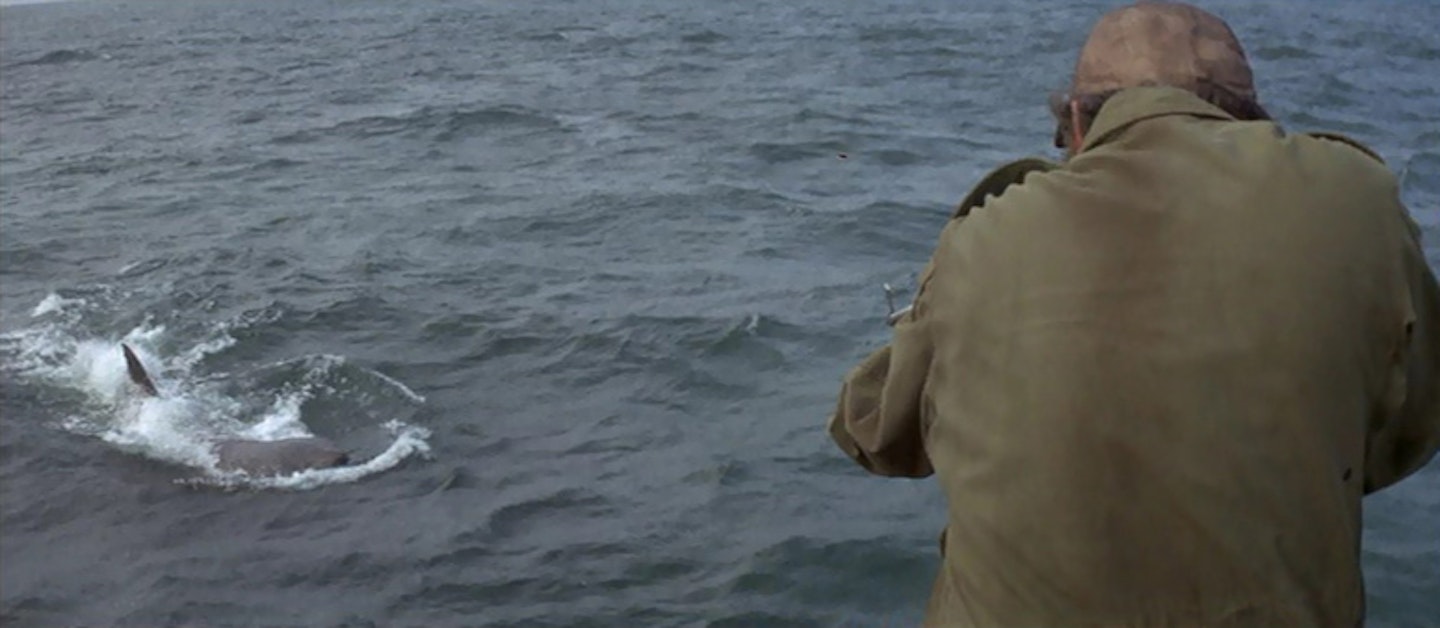
1.25.00 Listen how the music becomes very heroic with the first barrel on, only to deflate completely when the shark dives and disappears despite it.
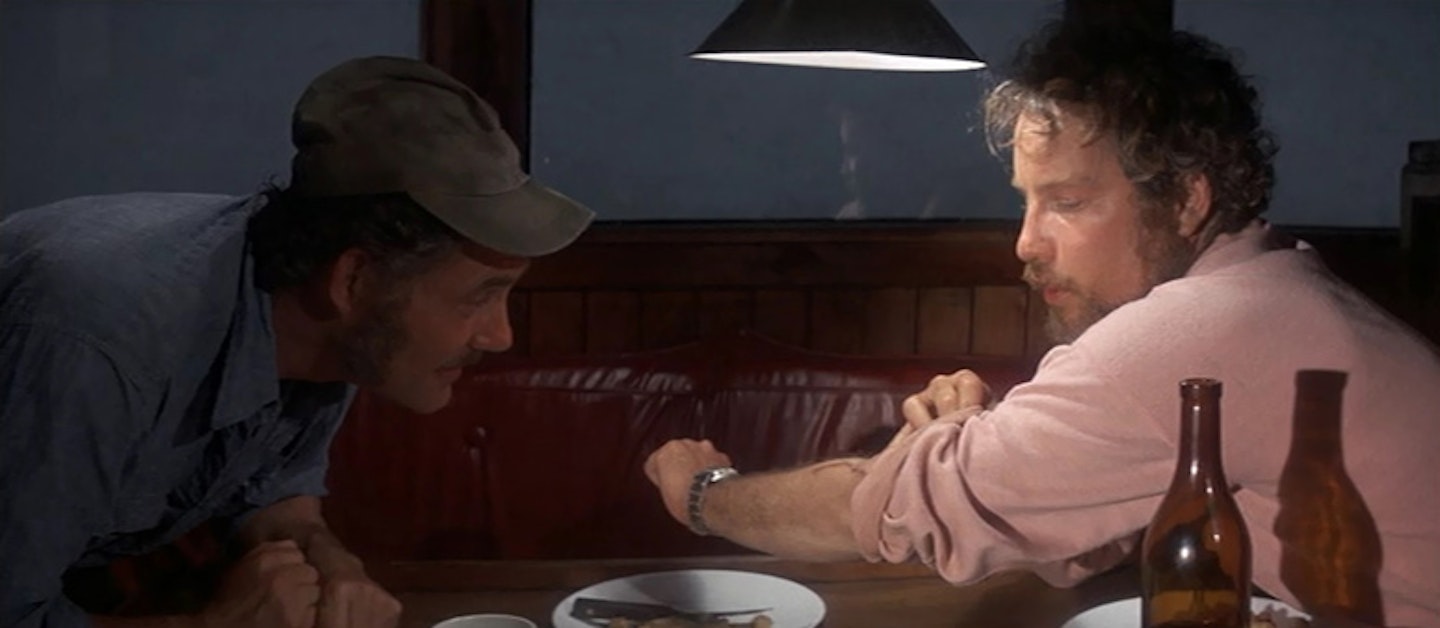
1.28.23 As Quint and Hooper compare shark scars, Brody wonders whether to offer his appendectomy scar for consideration. He is supposed to have bullet wounds somewhere too, but perhaps those are a little too fresh to be happy about.
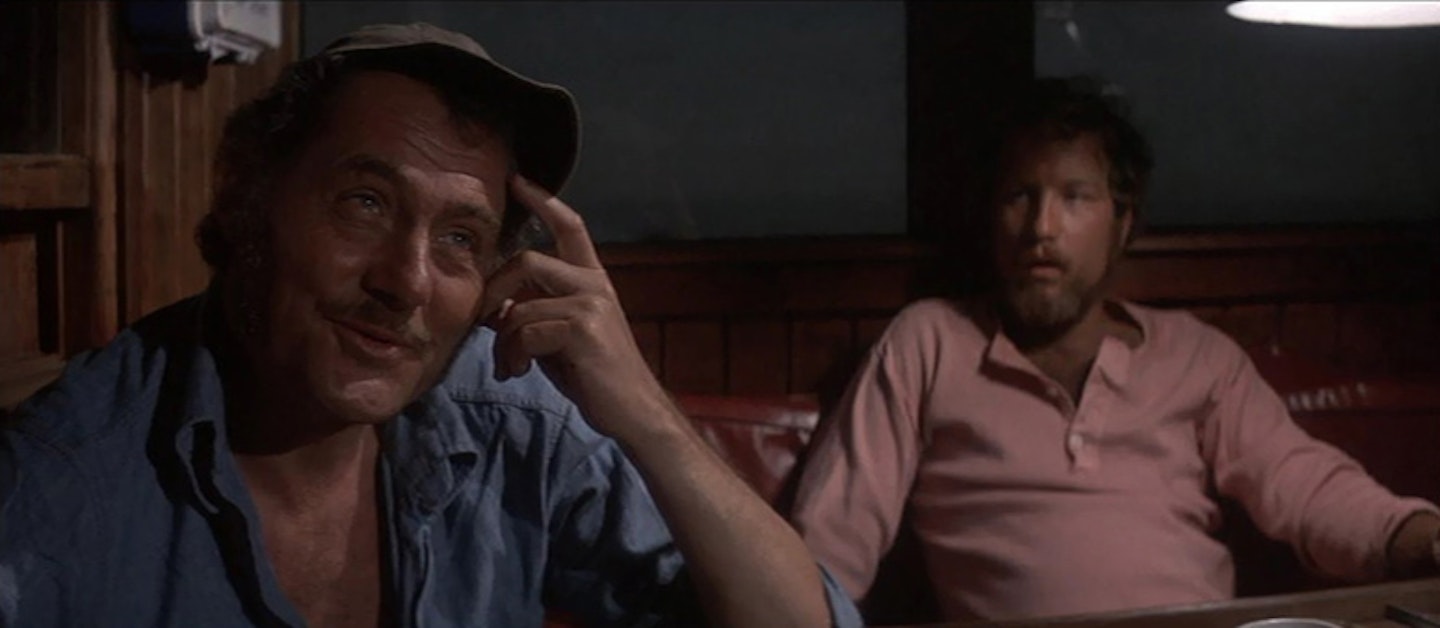
1.29.16 The USS Indianapolis speech’s authorship has never been fully established, with claims that Howard Sackler came up with it, John Milius embellished it and Robert Shaw himself edited it into the finished masterpiece.
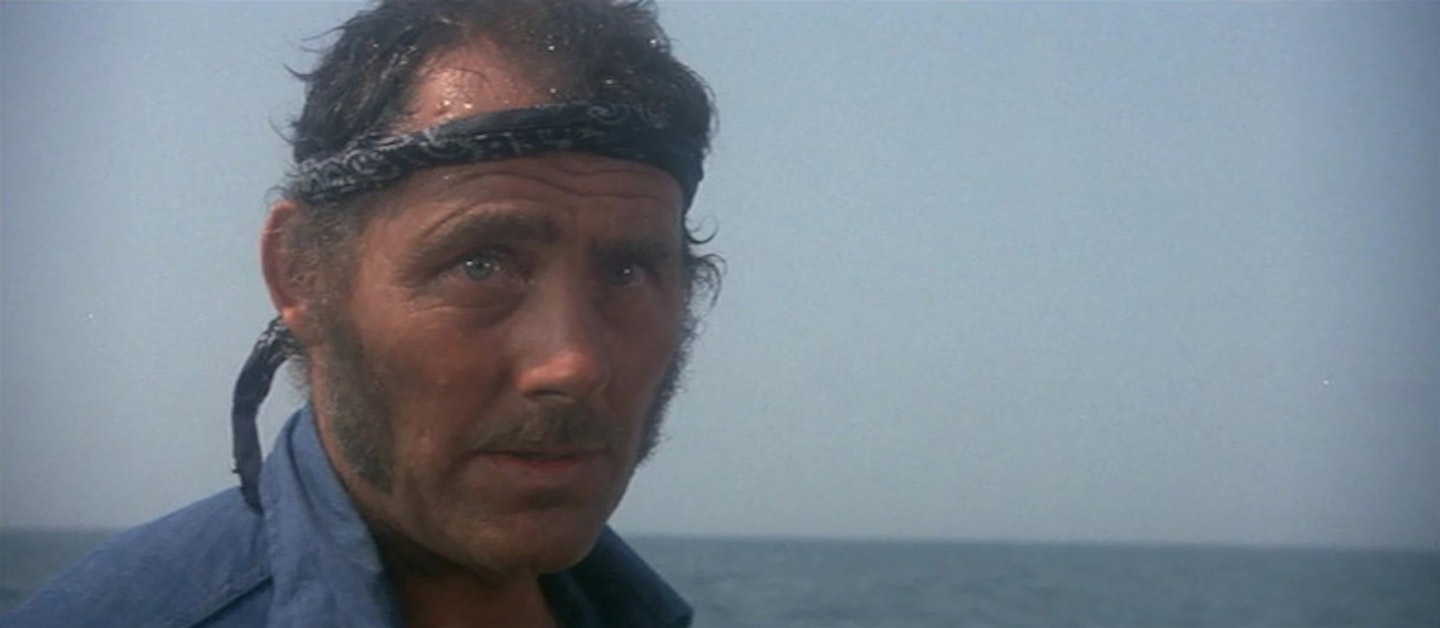
1.38.55 Quint’s bandana resembles a hachinaki, the Japanese headband worn by kamikaze pilots, suggesting that Quint operates under his own bushido code.

1.44.36 The business with the barrels was a nice solution for times when the shark wasn’t really working. Famously, the shark often didn’t work.
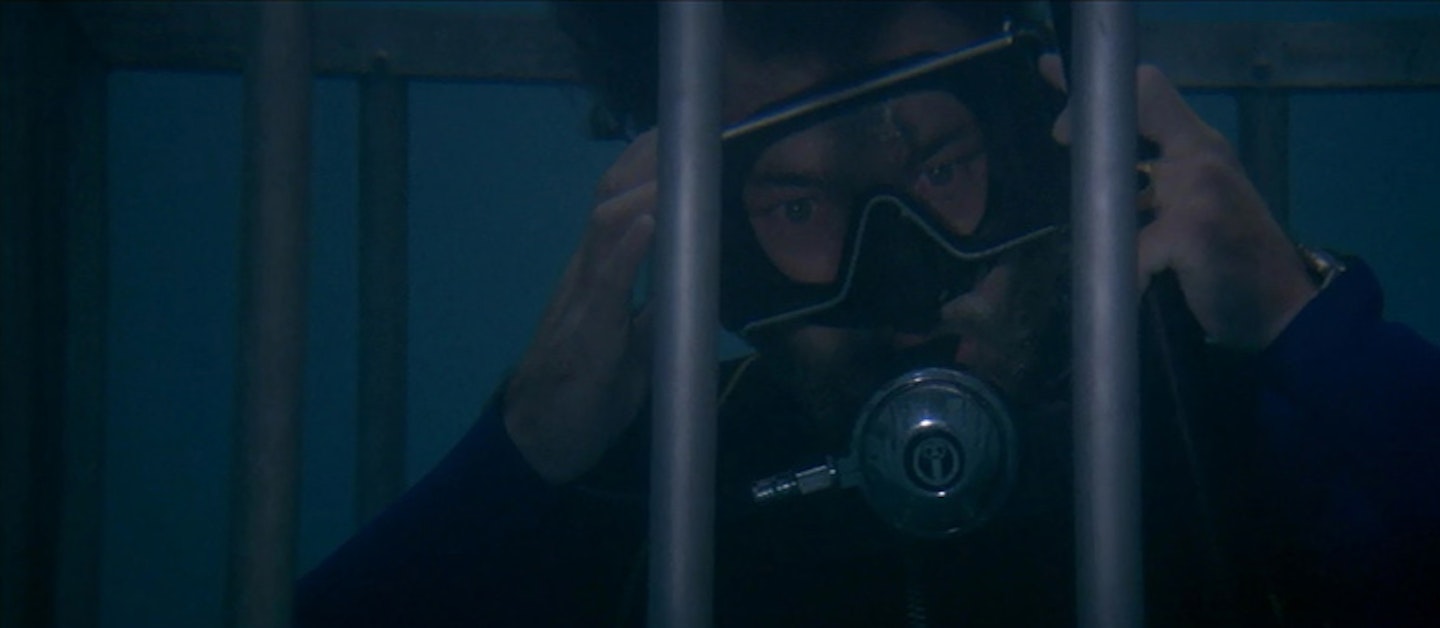
1.53.05 Close ups under water were shot in the Universal "Ester Williams" tank, because the water in Martha's Vineyard was too cold and murky for underwater filming.
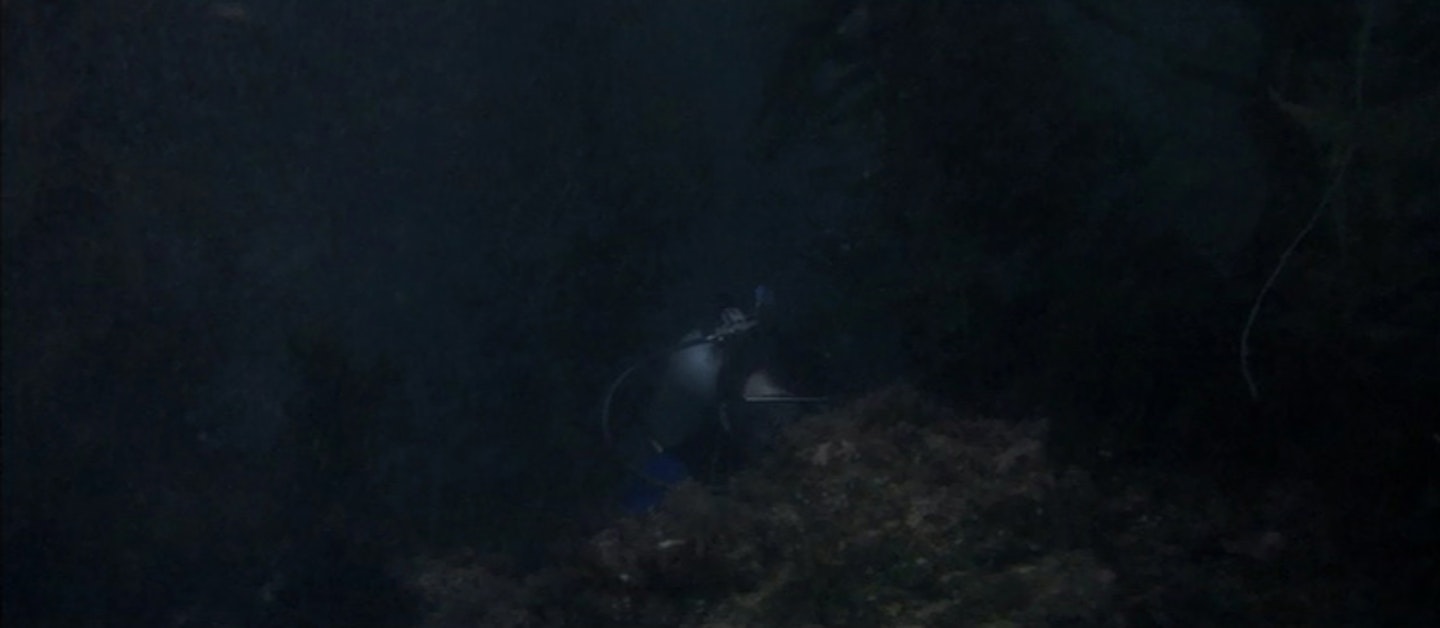
1.54.47 That said, the great advantage of Martha's Vineyard was the sandy bottom just 30ft down, where the shark sled could be located and run.
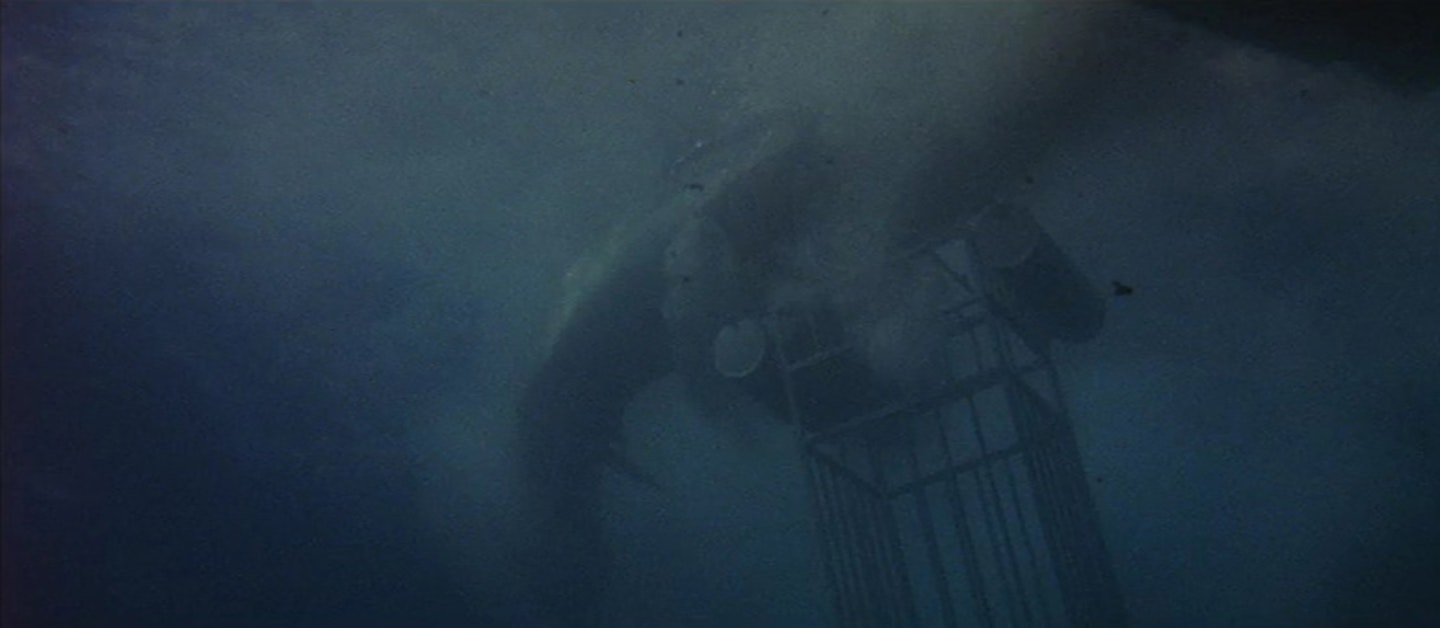
1.55.41 This shot of the shark thrashing above an empty cage was not originally scripted. The screenplay was changed when Ron and Valerie Taylor, shooting real Great Whites in Australia for the film, saw a shark get accidentally caught in the bridle above their half-size cage (it was smaller to make the shark look bigger) and go nuts. The footage was too good not to use.
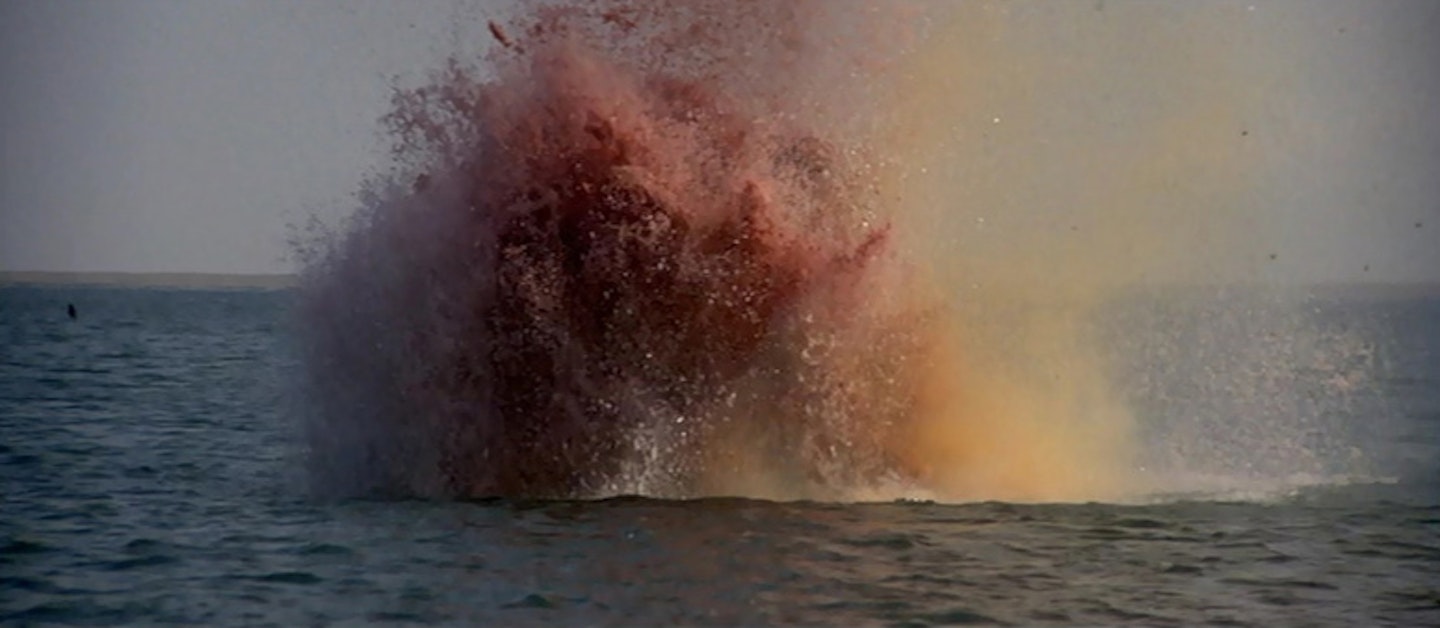
2.00.00 In the book, the shark drowns rather than being blown up. Spielberg felt it needed a more climactic ending and figured the audience would go along with it if they’d gone that far.
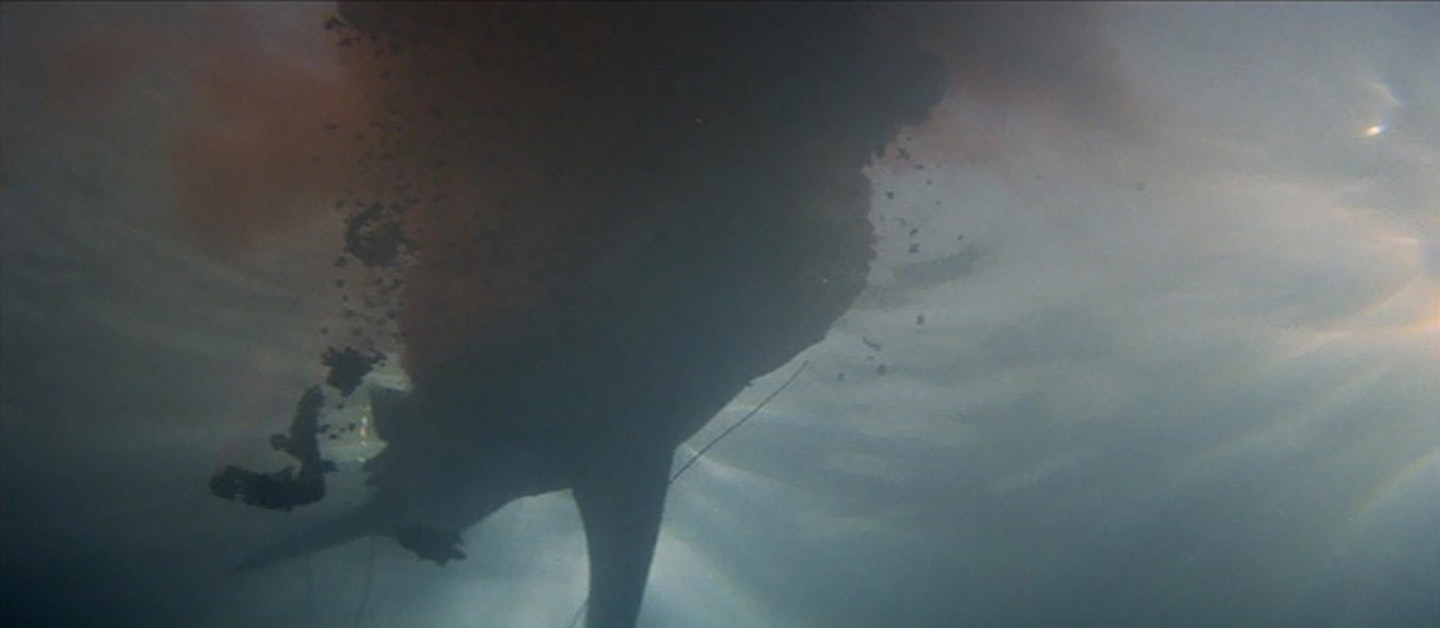
2.00.49 As the shark sinks to the bottom of the ocean after the explosion of compressed air, Spielberg uses a sound effect he'd also used in the climax of Duel, the roar of the Gil Man from The Creature From The Black Lagoon.
